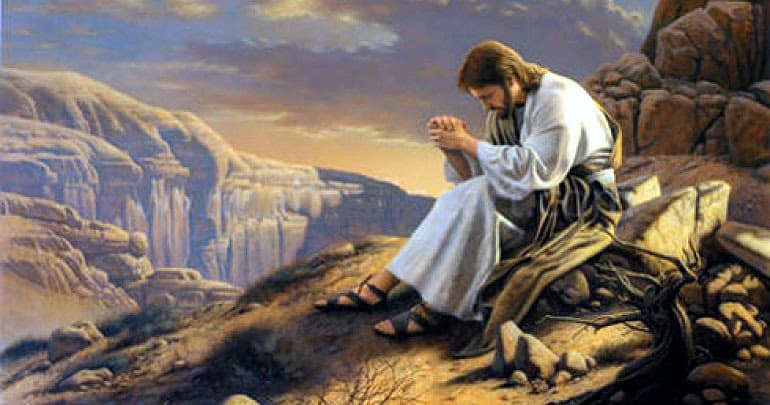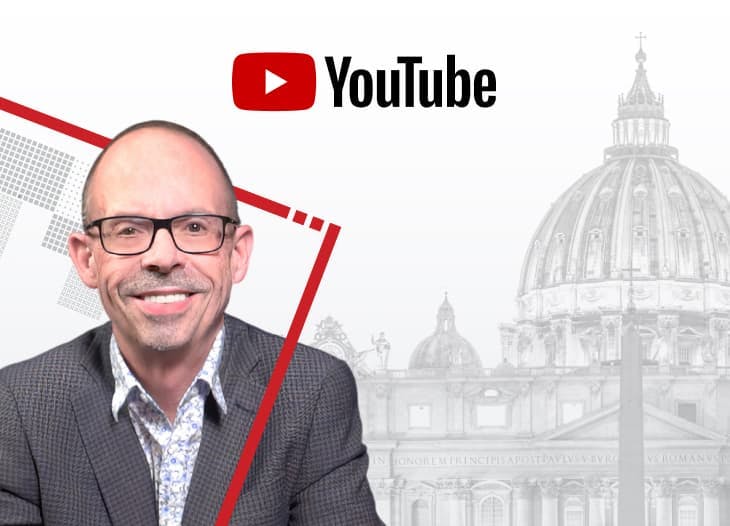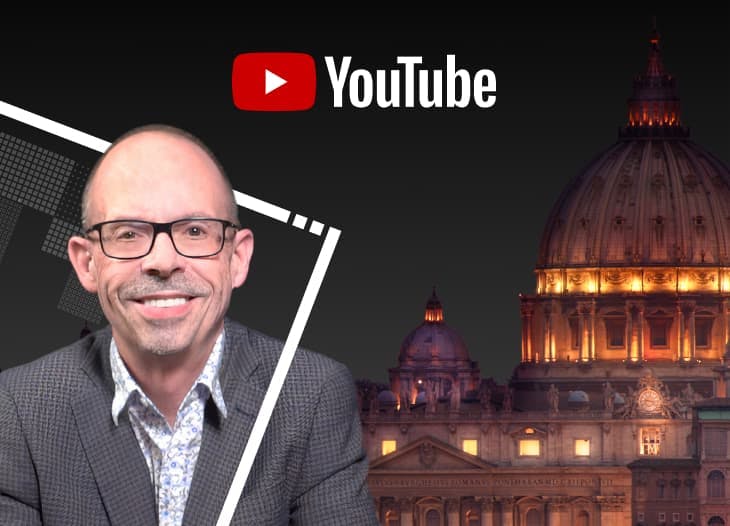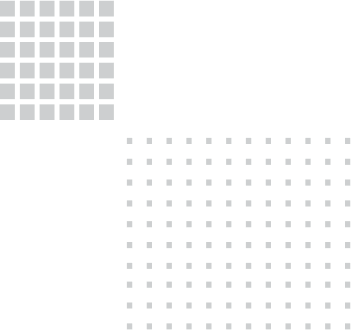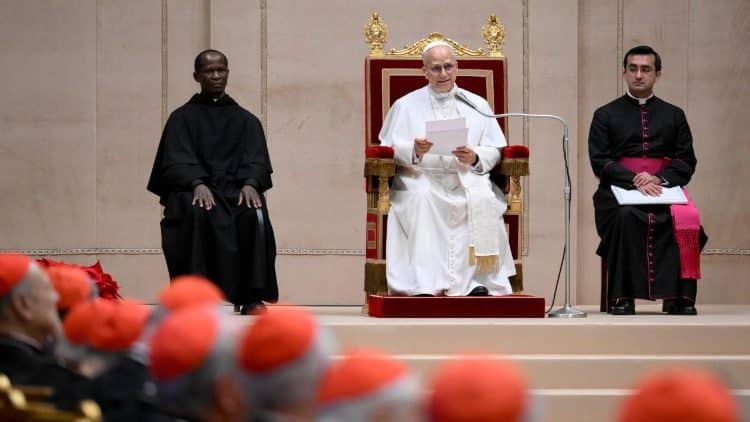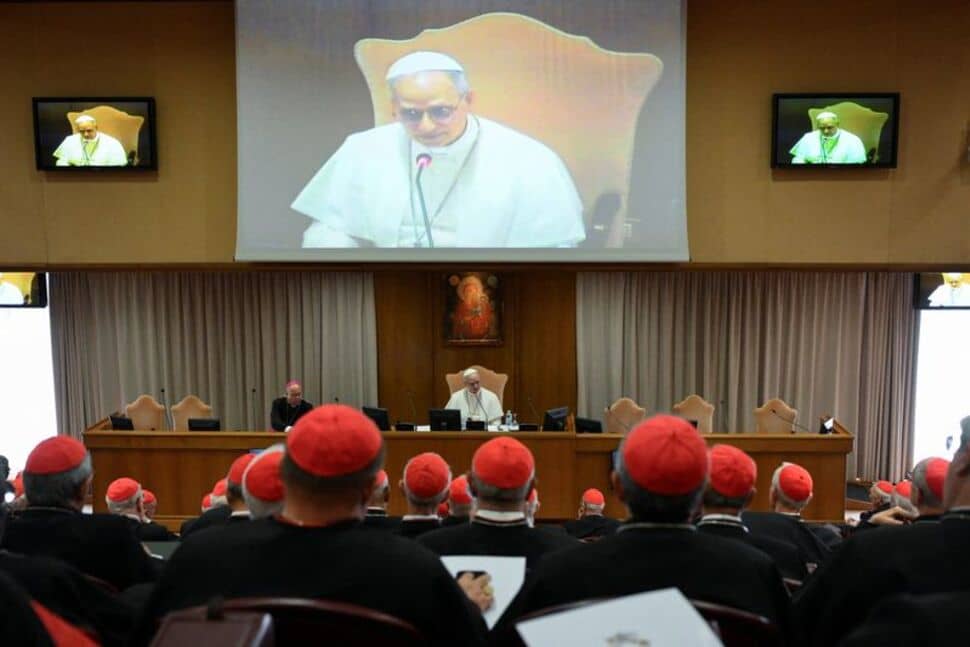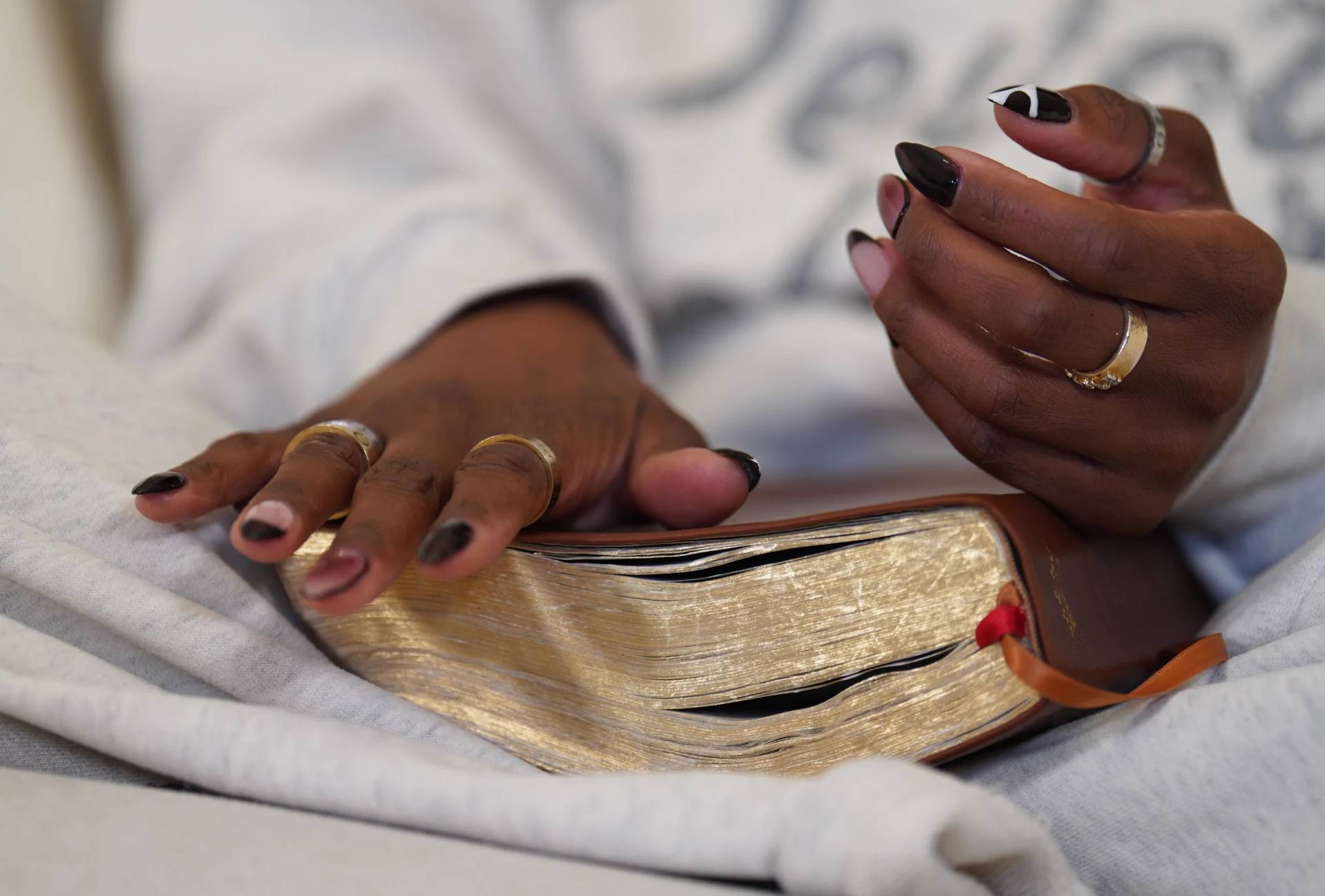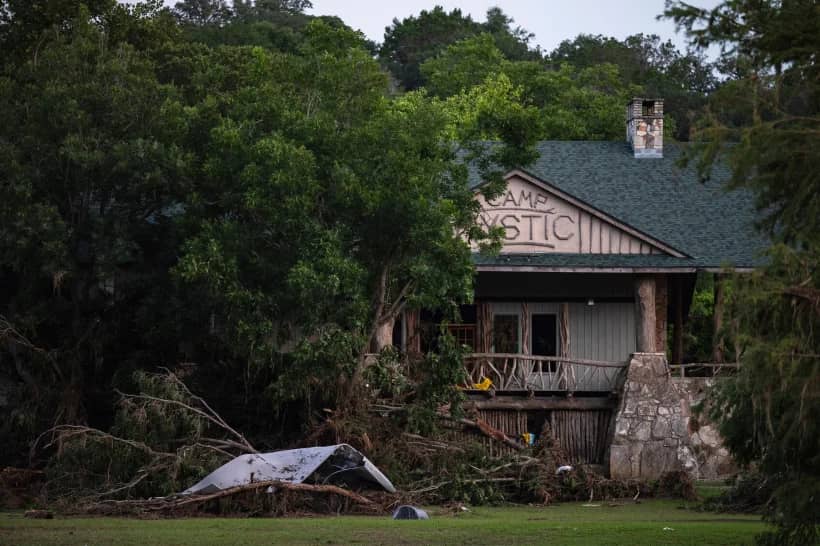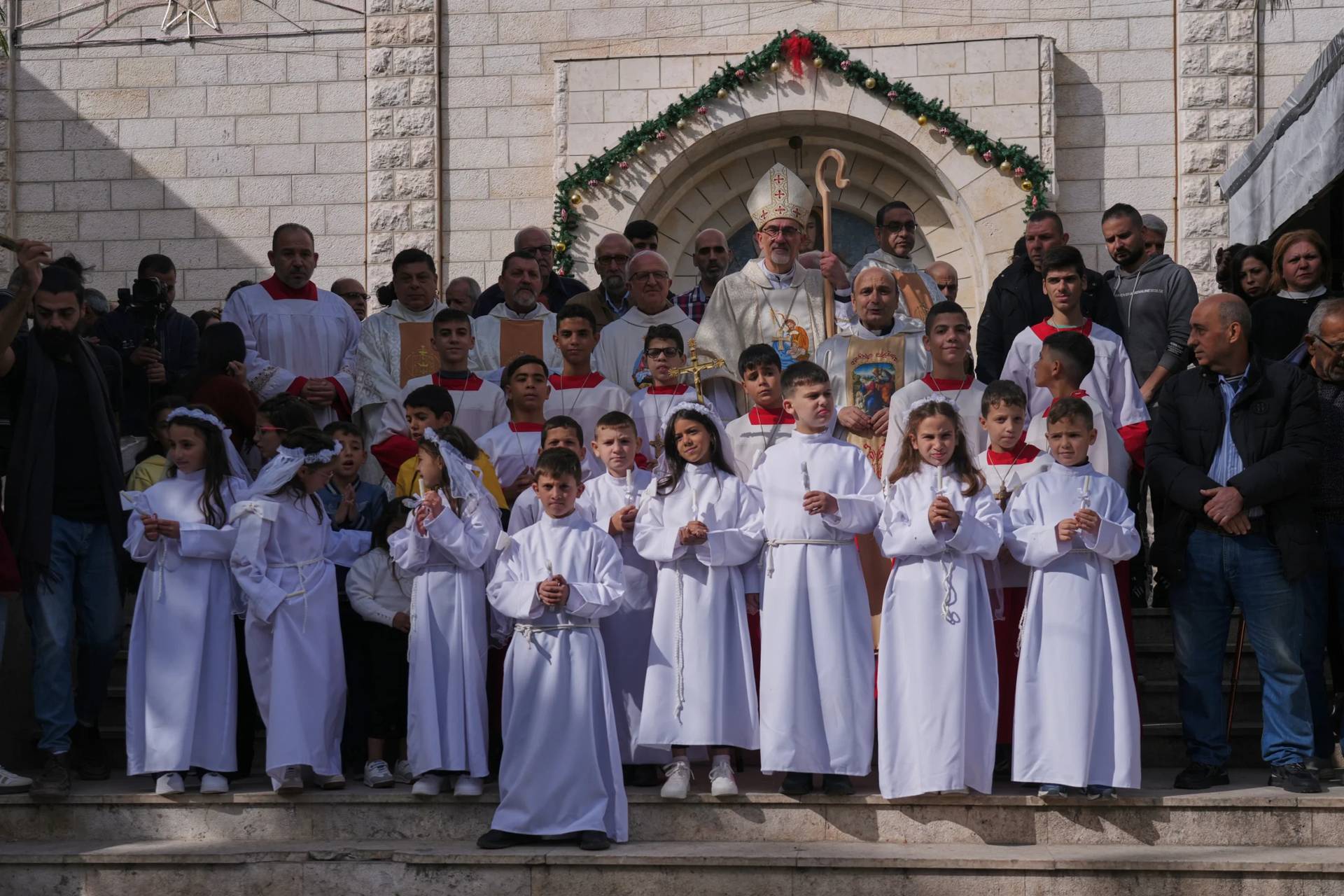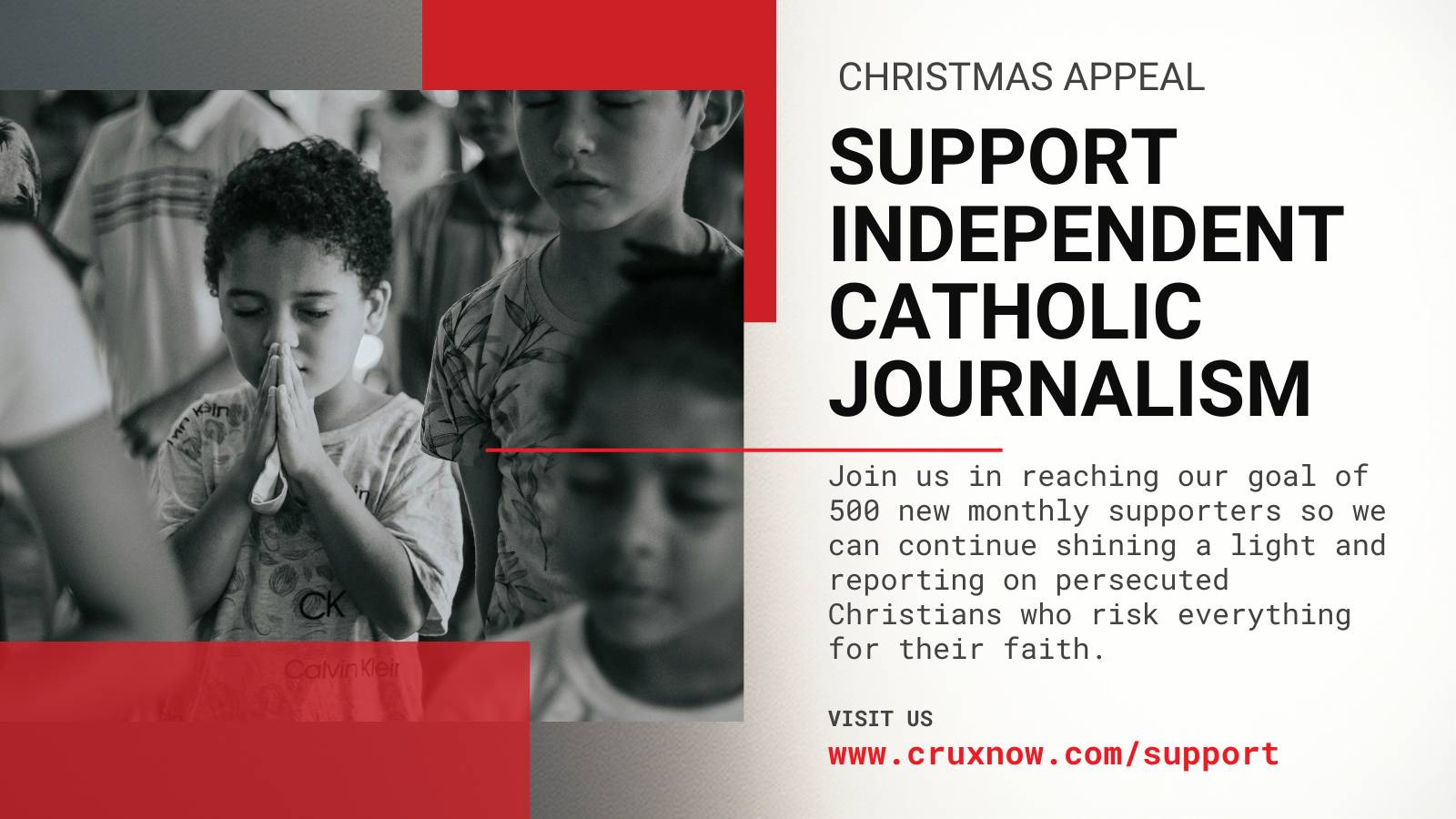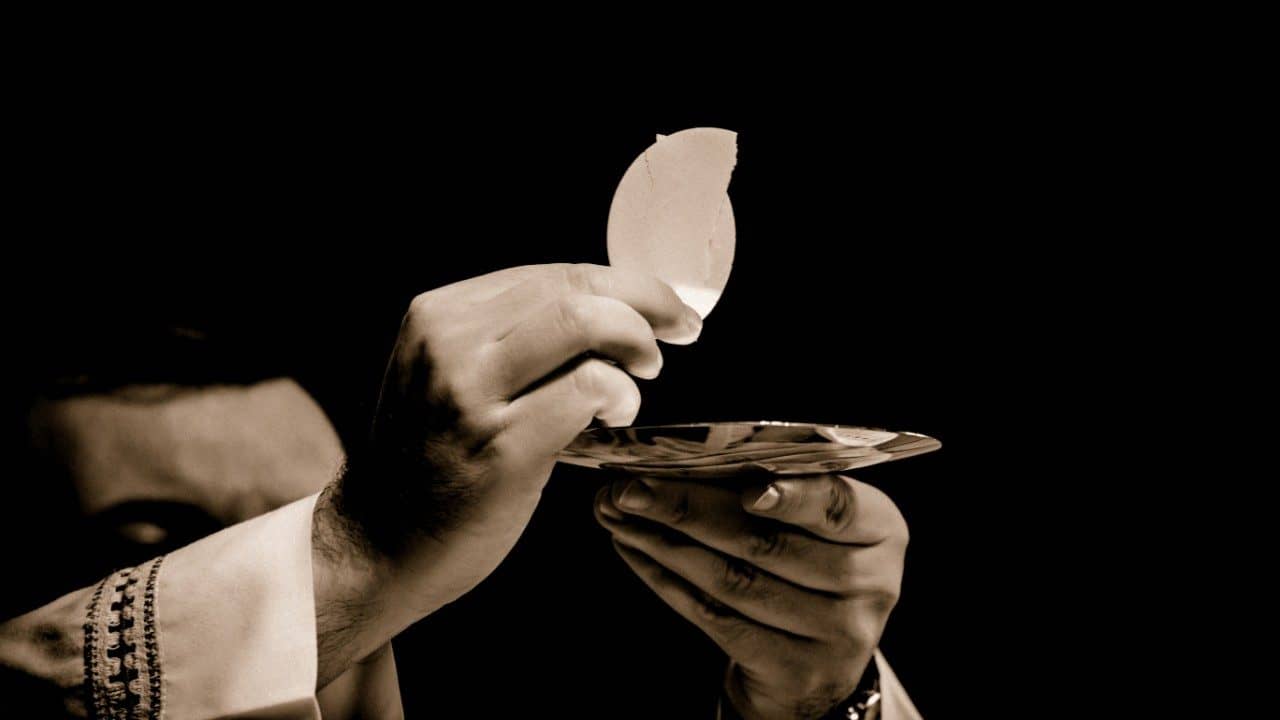The Lord Jesus was a man of prayer. The Lord’s entire life and ministry revolved around his union with the Father, which he manifested through a strong and constant life of prayer. When the time came for the Lord to undergo the Paschal Mystery of his Passion, Death, and Resurrection, the mystery was surrounded and manifested by prayer. The Lord Jesus did nothing outside of his union with the Father. He did nothing without prayer.
As the Lord’s death approached, the Lord Jesus turned to the Father. The Catechism of the Catholic Church tells us: “When ‘his hour’ came, Jesus prayed to the Father.”
The prayer of the Lord Jesus to the Father is hailed as the longest prayer in the Gospel. It contains the whole plan of salvation, as the Catechism teaches: “His prayer, the longest transmitted by the Gospel, embraces the whole economy of creation and salvation, as well as his death and Resurrection.”
The prayer of the Lord Jesus in the Upper Room and he was preparing for his passion and death is one of the most intimate recorded moments between the Lord Jesus and the Father. It is a prayer that demands homage, reflection, and sacred study. The prayer is the cry of the Son as he readies himself to fulfill his mission as savior. It is a mission that will walk the way of suffering. It is a mission that will require a total oblation. As the Lord prepares for his redeeming work, he turns and unites himself wholly to the Father.
The Lord’s human nature bound itself to the Father through prayer. The Lord’s time of prayer was uniquely his own and yet is a gift shared with us. This sharing is seen in the entire life of prayer of the Lord Jesus, and then preeminently in the Eucharistic Sacrifice. The Catechism tells us: “The prayer of the Hour of Jesus always remains his own, just as his Passover ‘once for all’ remains ever present in the liturgy of his Church.”
The Lord Jesus was a person of prayer. When he calls us to pray, he is calling us to himself. When he points us to prayer, he is pointing us to his own way of life. The Lord’s prayer is our path to prayer. It is the way to the Father.
The prayer of the Lord Jesus in the Upper Room is traditionally called the priestly prayer of the Lord since it involved the sacrifice of himself for our salvation. The Catechism teaches: “Christian Tradition rightly calls this prayer the ‘priestly’ prayer of Jesus. It is the prayer of our high priest, inseparable from his sacrifice, from his passing over (Passover) to the Father to whom he is wholly ‘consecrated.’”
The priestly prayer contains the revelations of the Paschal Mystery. It is the fullest disclosure of the heart of the Lord Jesus. Saint John does not give us a set Lord’s Prayer, often called “the Our Father,” as Saint Matthew and Saint Luke do. There are many possible reasons for such a surprising negligence. Of the possible reasons, it can argued that Saint John saw the High Priestly Prayer of the Lord Jesus as containing all the tenets of the Lord’s Prayer itself and chose to record that prayer rather than the Our Father.
In the High Priestly Prayer, the Lord is adoring the Father, accepting his will and kingdom, asking for his followers to be consecrated and to live in the truth. He is uniting himself to us as he offers himself to the Father in sacrifice.
In the Eucharistic Sacrifice, we are called to accept that union, intentionally unite ourselves to the Lord with all our being, and then ask the Father to take and accept us in Jesus Christ by the power of the Holy Spirit.
By becoming a part of the Paschal Mystery, the High Priestly Prayer becomes our prayer. As we regularly pray the Our Father, so we are called to regularly live the High Priestly Prayer of the Lord. We are a gift to God. We have been consecrated in truth. We are to live the way of the Lord Jesus, and this life makes no sense – and cannot be adhered to faithfully – without a strong life of prayer.
For spiritual help and resources on prayer, visit Daily Discipleship with Father Kirby.
